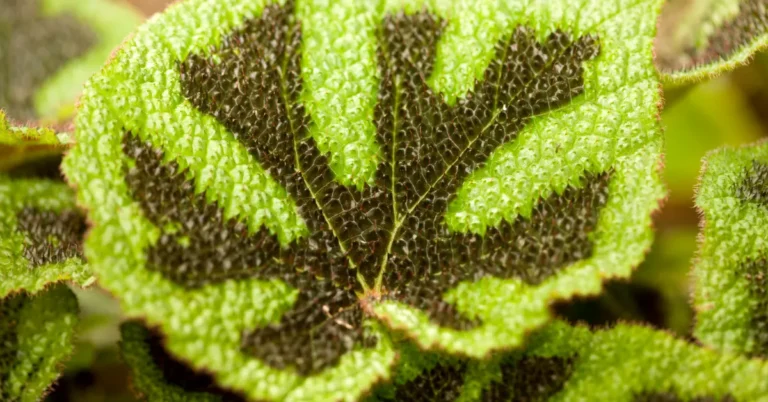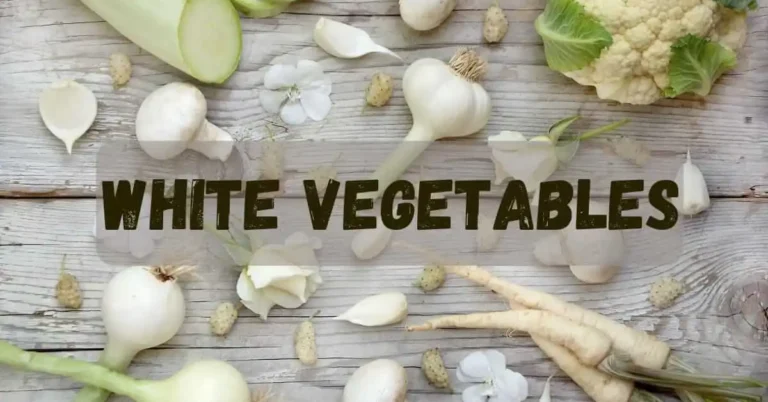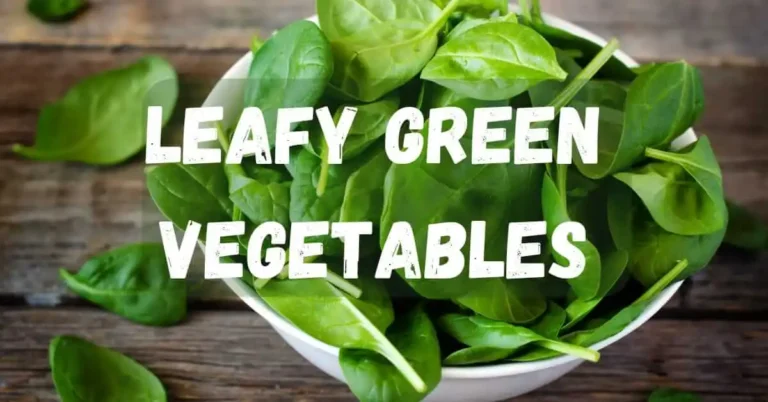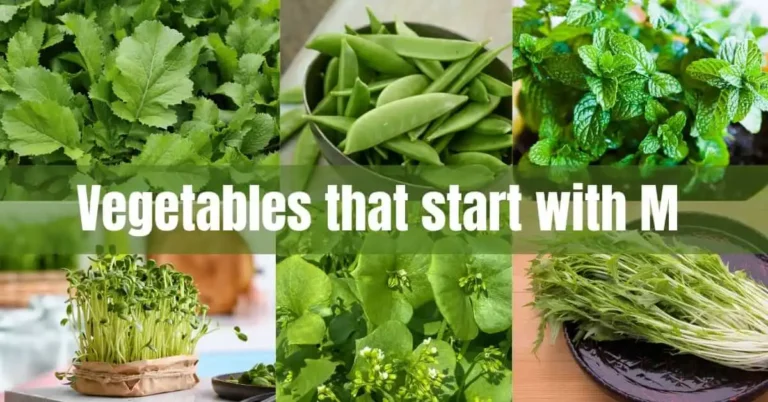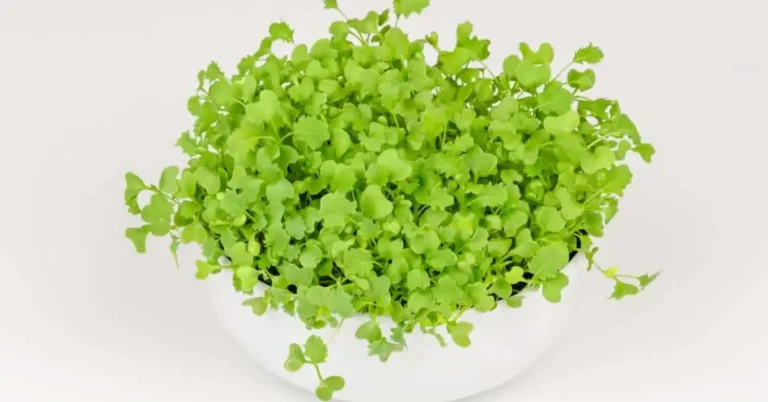Vegetables That Start With C
Feeling bored with vegetables? You could use cucumbers, carrots, or even celery to get unique. Hold on to your bags because the letter C opens up a whole new world of tasty foods in the vegetable section! These are vegetables you may not have heard of that are crunchy, colourful, and taste so good. These 19 unique vegetables that start with C will make your meals taste better and give you more nutrients. They range from well-known favourites to new and interesting ones.
List of Vegetables that Start with C
Following are the unique 19 vegetables that start with C.
1. Cabbage
Cabbage is a leafy green vegetable that is part of the cruciferous family. It comes in various colors, such as green, purple, and white. The cabbage leaves are tightly packed into a round or elongated head and can be eaten raw or cooked. Cabbage is rich in vitamins K, C, and B6 and antioxidants that may help reduce inflammation and lower the risk of chronic diseases. It is commonly used in salads, coleslaws, soups, and stir-fries.
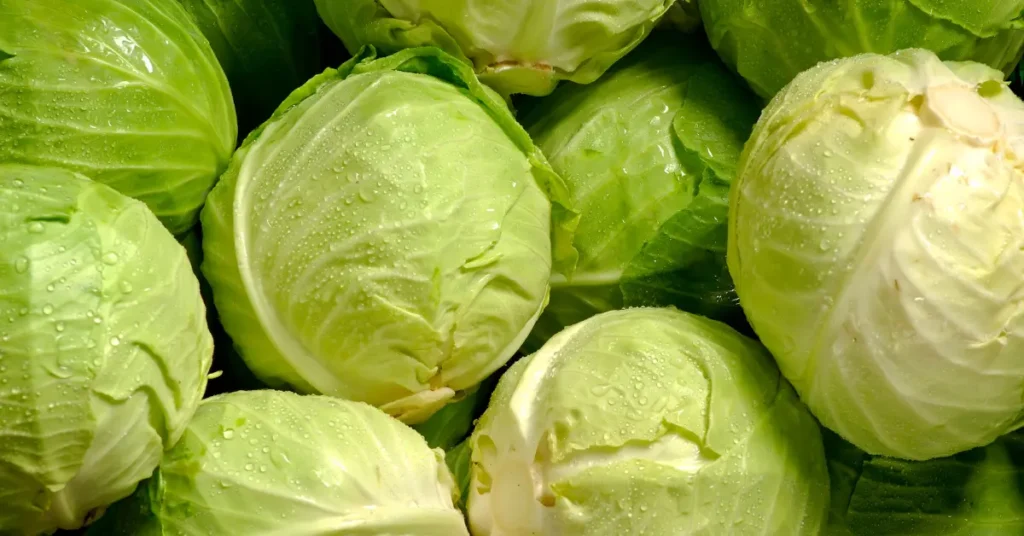
2. Carrots
Carrots are root vegetables known for their bright orange color and sweet flavor. They are packed with beta-carotene, converted to vitamin A in the body, and essential for healthy vision, immune function, and skin health. Carrots can be eaten raw, cooked, or juiced and are often used in savory dishes and baked goods like carrot cake.
3. Chickpeas
Chickpeas, or garbanzo beans, are legumes high in protein, fiber, and essential minerals such as iron and manganese. They have a nutty flavor and a slightly creamy texture, making them a popular addition to soups, stews, and salads. Chickpeas can also be ground into flour and used to make hummus, falafel, and other tasty dishes.
4. Celery
Celery is a crunchy, low-calorie vegetable often used as a snack or added to soups, stews, and salads for extra flavor and texture. It is a good source of vitamin K, folate, and potassium and may also have anti-inflammatory properties. One interesting fact about celery is that it takes more calories to digest than it provides, making it a popular choice for those looking to lose weight.
5. Cauliflower
Cauliflower is another popular cruciferous vegetable often used as a healthier replacement for starchy vegetables like potatoes and rice. It is low in calories and high in fiber, vitamin C, and choline, which is essential for brain function. Cauliflower can be eaten raw, grilled, roasted, or mashed and is a versatile ingredient in many recipes.
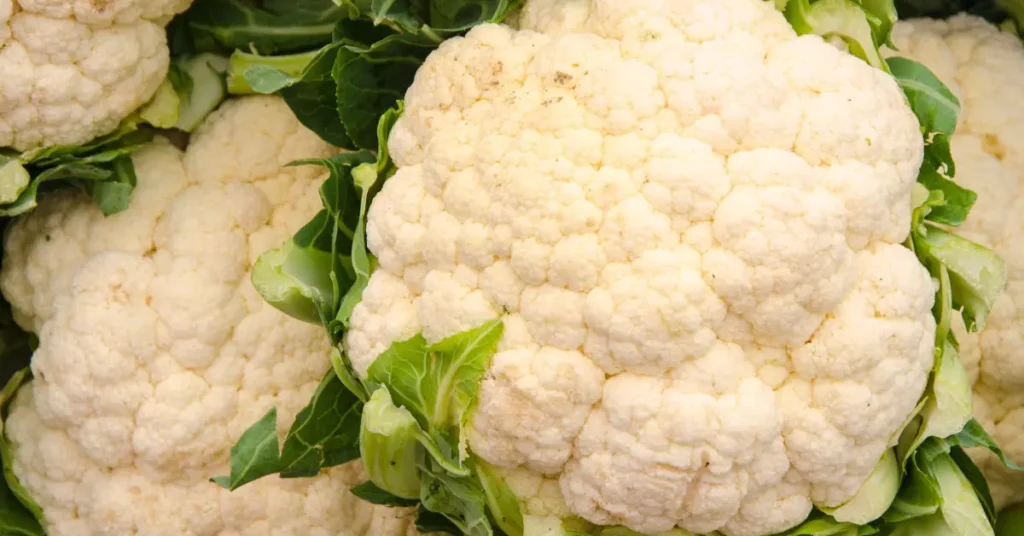
6. Collard greens
Collard greens are dark, leafy vegetables closely related to kale, cabbage, and broccoli. They are highly nutritious, containing high levels of vitamins A, K, C, folate, and minerals like calcium, iron, and magnesium. Collard greens are commonly used in Southern cuisine, cooked with bacon, ham hocks, or other flavorful meats.
7. Corn
Corn is a starchy vegetable that is native to the Americas and is a staple food in many cuisines around the world. It is high in fiber, B vitamins, and antioxidants and can be eaten in many different forms, such as on the cob, canned, frozen, or ground into cornmeal. Corn is often used in savory dishes like soups, stews, and casseroles, as well as in sweet treats like cornbread and corn pudding.
8. Cucumbers
Cucumbers are a refreshing and hydrating vegetable often enjoyed in salads, sandwiches, and pickles. They are low in calories but high in water, making them an excellent choice for those looking to lose weight or stay hydrated. Cucumbers are also a good source of vitamins K and C and antioxidants that may help protect against chronic diseases.
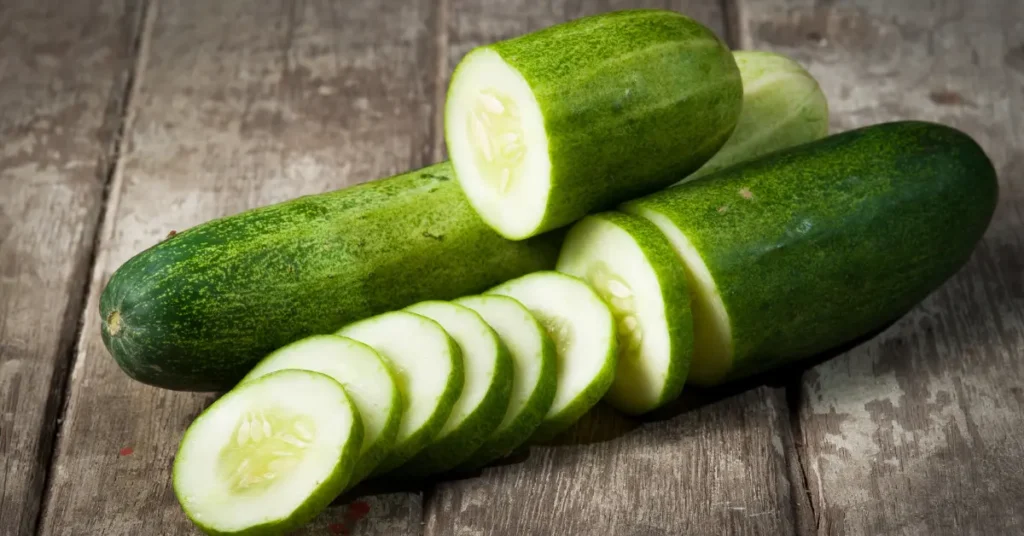
9. Cilantro
Cilantro, also known as coriander, is an herb commonly used in Latin American, Asian, and Middle Eastern cuisine. It has a fresh and bright flavor pairs well with many dishes, including salsa, guacamole, and curries. Cilantro is rich in vitamins A and K and may also have anti-inflammatory and digestive benefits.
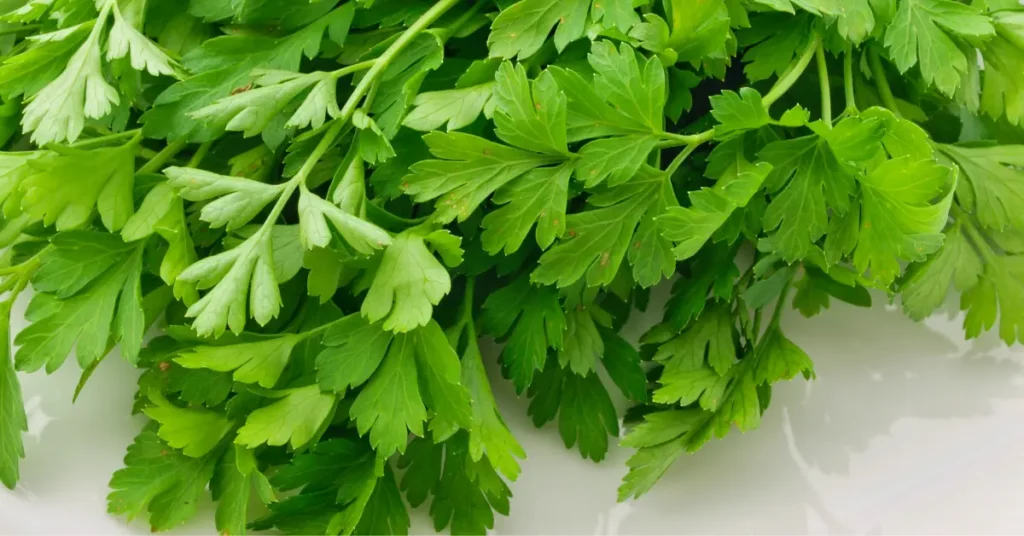
10. Cassava
Cassava, also known as yuca, is a starchy root vegetable that is native to South America but is now grown in many tropical regions around the world. It is a staple food in many African, Latin American, and Asian cuisines, often used in dishes like cassava fries, stews, and bread. Cassava is a good source of energy, fiber, and essential minerals like potassium and magnesium.
11. Chayote
Chayote, also known as vegetable pear, is a squash family member commonly used in Mexican and Latin American cuisine. It has a mild and sweet flavor and can be eaten raw or cooked. Chayote is a good vitamin C, potassium, and fiber source and may also have anti-inflammatory properties.
12. Celeriac
Celeriac, also known as celery root, is a root vegetable often used as a healthier substitute for potatoes or as a flavorful addition to soups and stews. It has a slightly sweet and nutty flavor and is a good dietary fiber, vitamin K, and phosphorus source. Celeriacs may also have antioxidant and antibacterial properties.
13. Chinese cabbage
Chinese cabbage, also known as napa cabbage, is a leafy vegetable commonly used in East Asian cuisine. It has long, pale leaves and a mild and sweet flavor that pairs well with various dishes, including stir-fries, soups, and kimchi. Chinese cabbage is low in calories but high in nutrients such as vitamin C, folate, and potassium.
14. Chard
Chard, also known as Swiss chard, is a dark, leafy green vegetable related to beets and spinach. It has large, glossy leaves and a slightly bitter taste. Chard is a good source of vitamins A, C, and K and minerals like potassium, magnesium, and iron. It is often used in salads, sautéed as a side dish, or added to soups and stews.
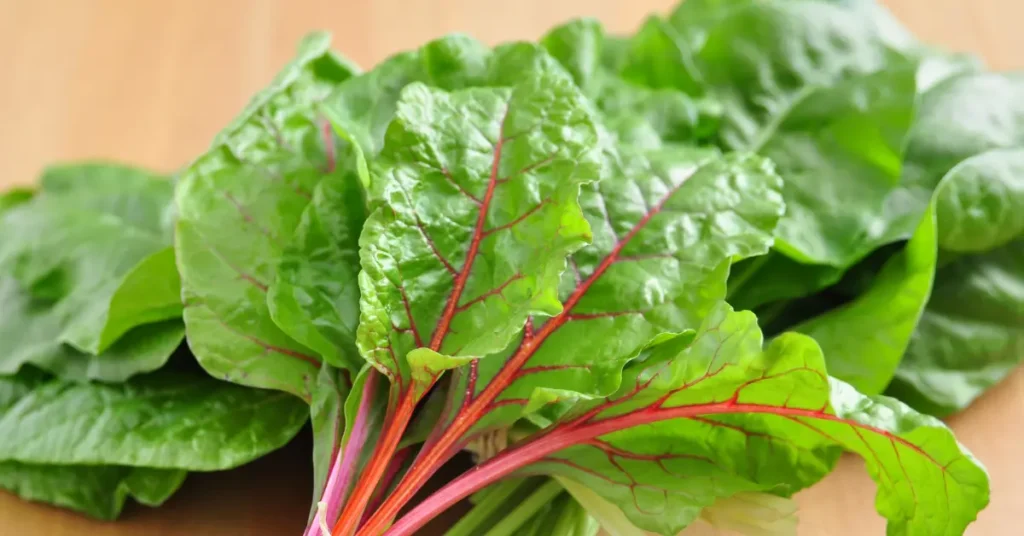
15. Chives
Chives are a versatile and flavorful herb commonly used as a garnish or seasoning in soups, sauces, and other dishes. They have a mild onion-like flavor and are a good source of vitamins A and C and antioxidants that may help protect against chronic diseases. Chives are also easy to grow and can be grown indoors or outdoors in various climates.
16. Chinese broccoli
Chinese broccoli, or gai lan, is a leafy vegetable commonly used in Chinese cuisine. It has long, slender stems and thick, dark green leaves that are slightly bitter and have a hint of sweetness. Chinese broccoli contains vitamins K, C, and A and minerals like calcium, iron, and potassium. It can be stir-fried, sautéed, or steamed and is often served as a side dish with savory sauces.
17. Corn salad
Corn salad, or mâche or lamb’s lettuce, is a small, leafy green vegetable with a mild and slightly nutty flavor. It is often used in salads, sandwiches and as a garnish on soups and stews. Corn salad is a good source of vitamins A, C, and K and minerals like iron and folic acid. It is also a hardy plant that can be grown in cooler climates.
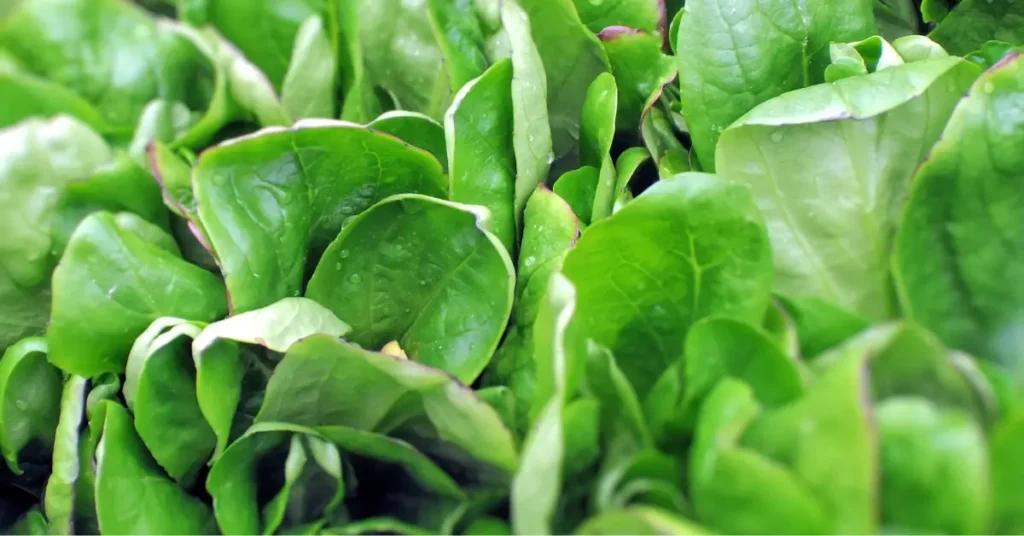
18. Cactus pads
Cactus pads, known as nopales, are edible cactus commonly used in Mexican, Tex-Mex, and Southwestern cuisine. They have a slightly tart and lemony flavor and crunchy texture when cooked. Cactus pads are a good source of fiber, antioxidants, and minerals like calcium and magnesium. They can be grilled, boiled, or sautéed and are often used in dishes like tacos, salads, and omelets.
19. Coyote melon
Coyote melon is a melon-like vegetable native to the American Southwest and parts of Mexico. It has thin skin and yellow or orange flesh that is juicy and sweet. Coyote melon is a good source of antioxidants, vitamins B and C, and minerals like calcium, potassium, and magnesium. It can be eaten raw or cooked and is often used in jams, jellies, and other sweet dishes.
Conclusion
As you can see, various vegetables start with C, each with its unique taste, appearance, and nutrient profile. From leafy greens like cabbage and chard to root vegetables like carrots and celeriac, these vegetables offer various health benefits and culinary uses. So, next time you’re looking to incorporate more vegetables into your diet, don’t hesitate to try one (or more!) of these delicious and nutritious options.


